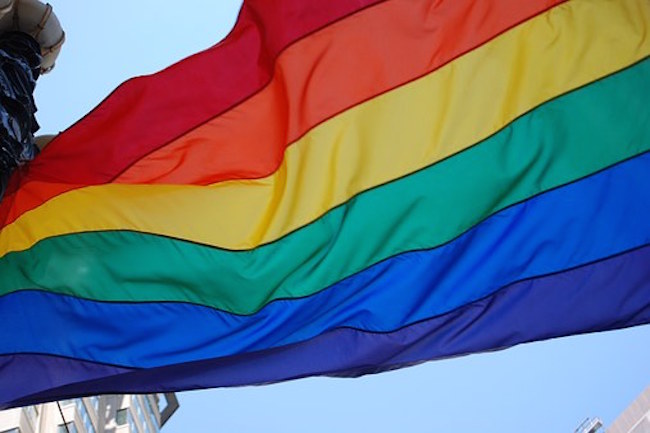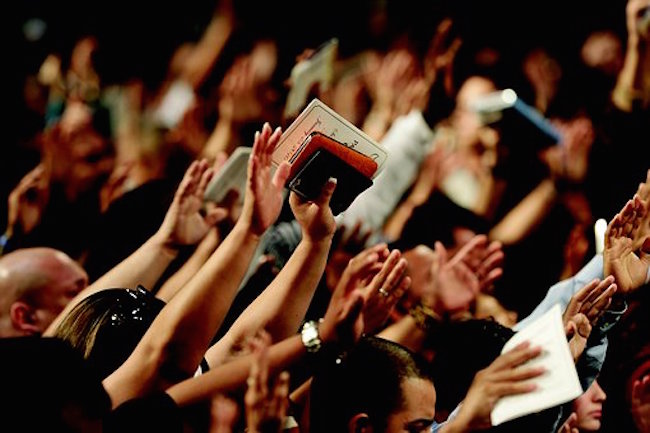A Prediction About the Coming Split in the Methodist Church by Michael L. Brown for Ask Dr Brown
GNN Note – Two simple thoughts about this idea – United we stand – Divided we fall. This smacks right into A house divided against itself can not stand.
We are told over and over by the filth in Washington DC and by some of our local “representatives”, that “diversity is our strength” Well, “diversity” is a derivative of divided. You tell me if it’s a strength.
******
If the reports are true, then “a tentative plan” has been put in place “to split the [Methodist] church over differences on same-sex marriage and the inclusion of gay clergy.”
In 2019, “The division, which has been brewing for years, came to an impasse last May when delegates in St. Louis voted 438-384 to ban gay marriage and the inclusion of gay clergy.
“A majority of U.S.-based churches opposed the ‘Traditional Plan’ but were outvoted by conservatives in the U.S., Africa and the Philippines.”
Assuming that this split actually takes place, what will happen to these two branches, one conservative and the other liberal?
The answer is easy, based on history and common spiritual sense.
History says that the conservative branch will grow and the liberal branch will diminish.
This has been the pattern for decades, as I documented in 2015, citing a major study dating back to 1972 written by Dean M. Kelley: Why Conservative Churches are Growing: A Study in Sociology of Religion.
As Kelly wrote almost 50 years ago, “Amid the current neglect and hostility toward organized religion in general, the conservative churches, holding to seemingly outmoded theology and making strict demands on their members, have equaled or surpassed in growth the early percentage increases of the nation’s population.”
As for the liberal churches, he noted, “The mainline denominations [which were becoming increasingly liberal] will continue to exist on a diminishing scale for decades, perhaps for centuries, and will continue to supply some people with a dilute and undemanding form of meaning, which may be all they want.”
For a host of reasons, this pattern will continue with the two Methodist branches.
The conservative branch, preaching the Scriptures without apology, adhering to timeless moral values, and offering adherents a true encounter with the risen Lord, will gain members.




